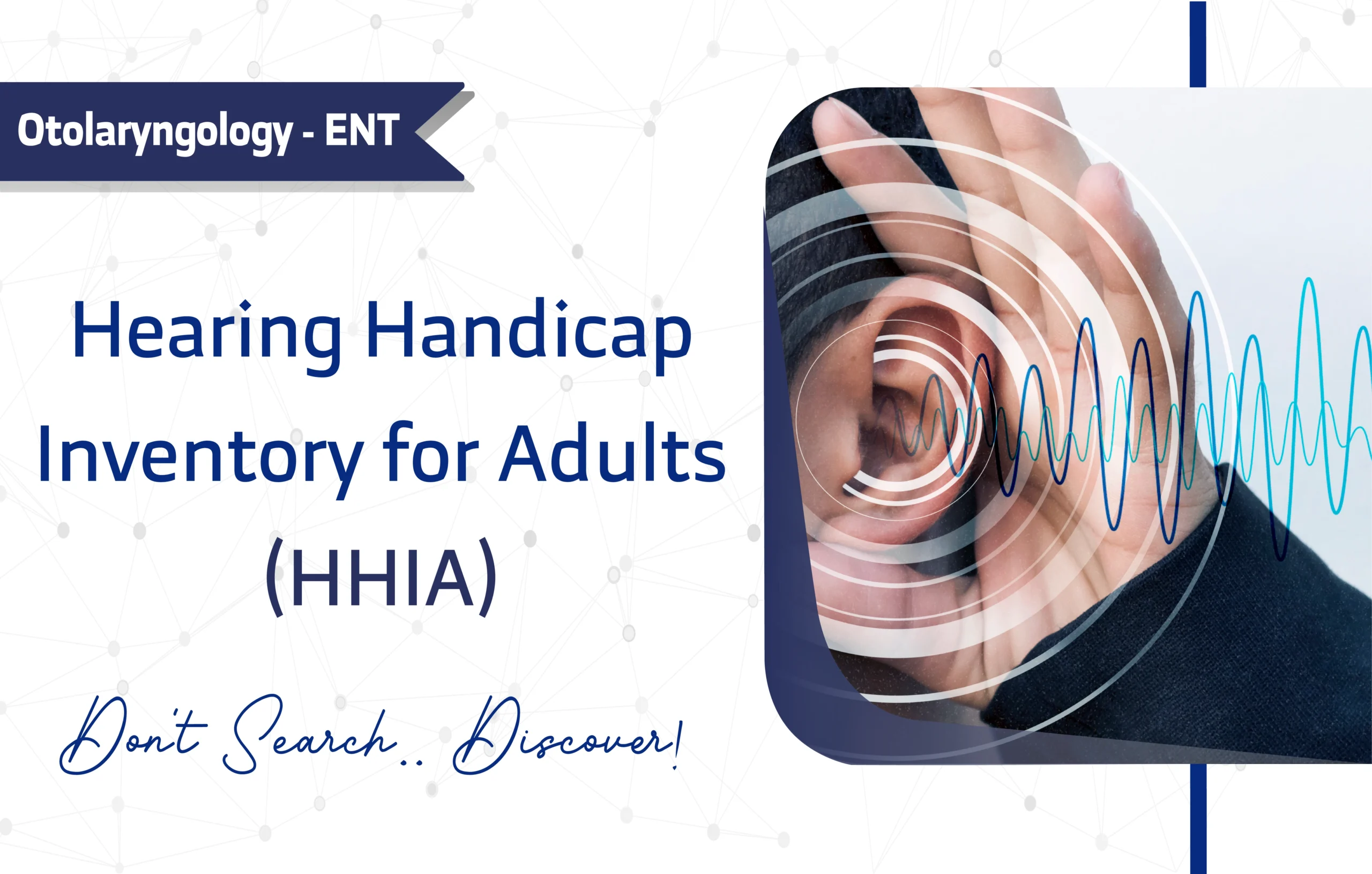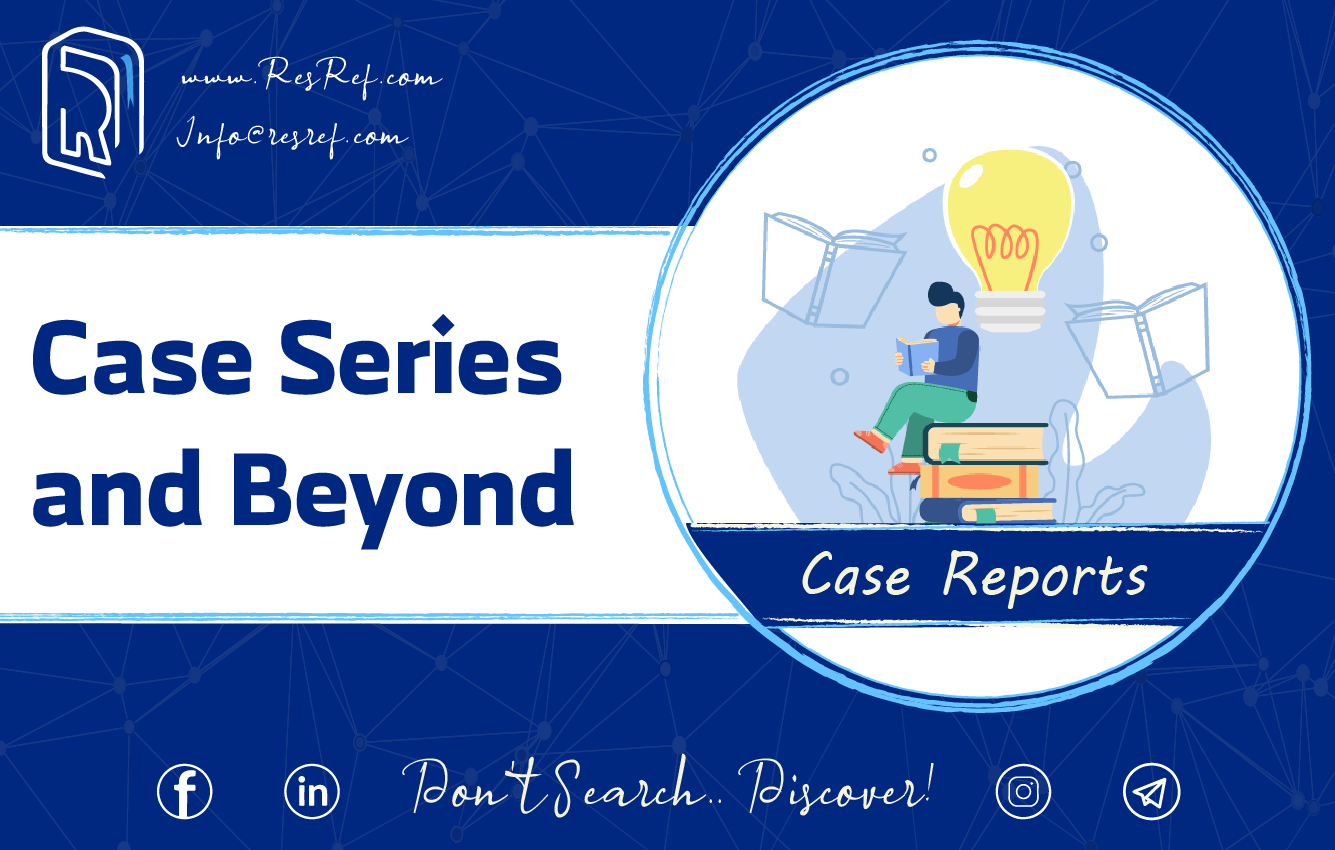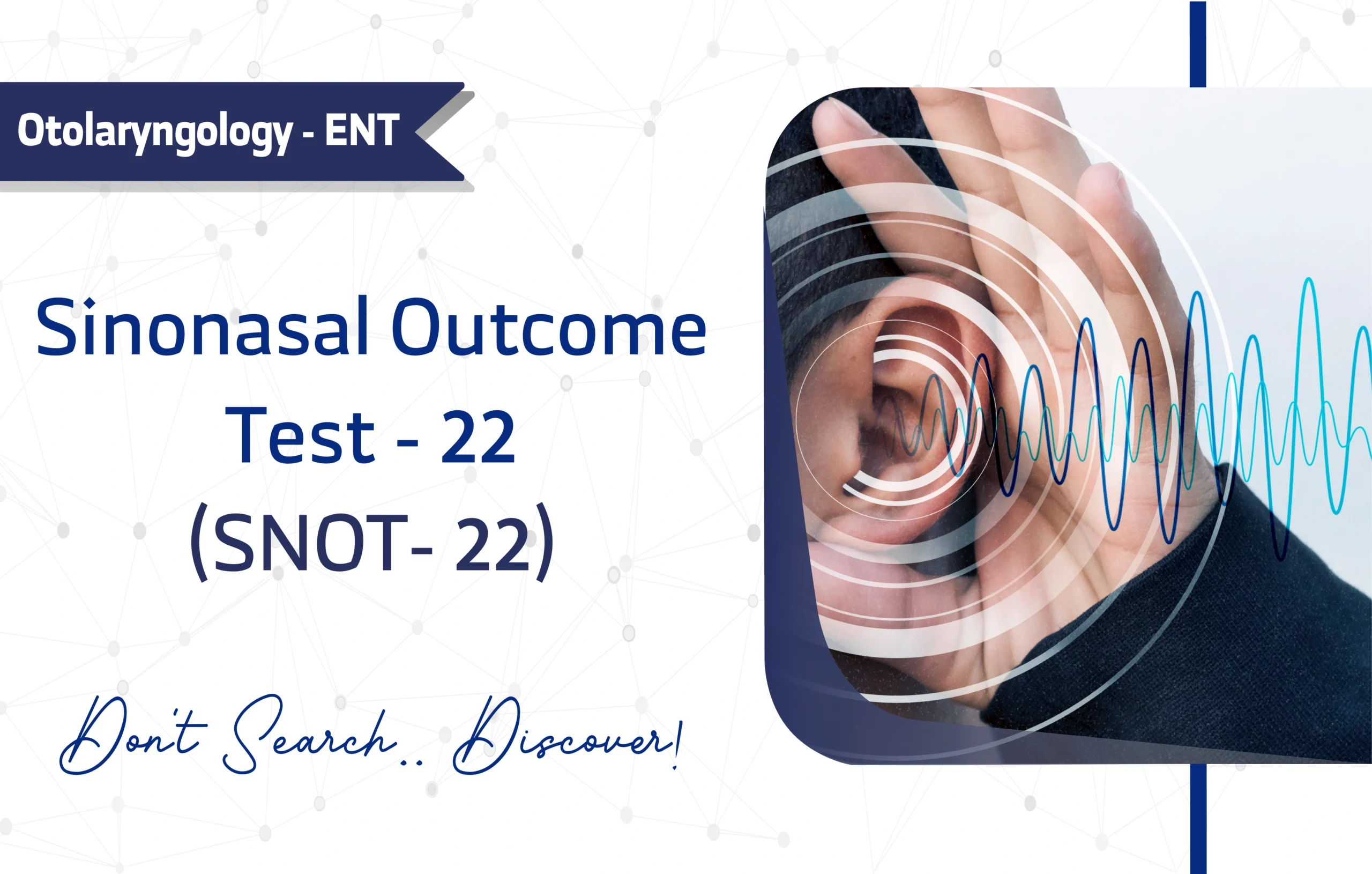Introduction
The Quality of Life Enjoyment and Satisfaction Questionnaire (Q‑LES‑Q) is a pivotal instrument for evaluating the degree of joy and satisfaction individuals experience in their daily lives. Developed in 1993 by Endicott J., Nee J., Harrison W., and Blumenthal R., and published by MedWorks Media Inc., this questionnaire has accumulated over 2,500 citations on Google Scholar, underscoring its importance in mental health and clinical research.
Specifically designed for adults aged 18 and older, the Q‑LES‑Q measures well‑being across multiple domains. It offers valuable insights for researchers and clinicians, supporting enhanced treatment planning and the evaluation of outcomes, particularly in clinical trials. This guide examines the Q‑LES‑Q’s structure, applications, and psychometric strengths, providing a comprehensive resource for experts in health‑related quality‑of‑life assessment.
Key Features of the Quality of Life Enjoyment and Satisfaction Questionnaire (Q‑LES‑Q)
Purpose and Use
The Q-LES-Q actively measures the degree of enjoyment and satisfaction in daily functioning. By focusing on subjective well-being, it proves ideal for clinical trials and treatment evaluations. For instance, researchers utilize it to gauge intervention effectiveness on quality of life, while clinicians employ it to understand how mental health affects patients’ daily activities.
Target Population
The Q-LES-Q specifically targets adults aged 18 and older, including young adults (18–24 years), middle-aged adults (25–44 years), older adults (45–64 years), and seniors (65+ years). However, it remains unsuitable for children (under 13 years) or adolescents (13–17 years), thus ensuring its focus on adult populations with diverse health conditions.
Structure
The Q-LES-Q comprises 93 items, with 91 scored across eight domains and two additional items evaluating satisfaction with medication and overall life. Specifically, the domains include:
Physical Health
Subjective Feelings
Work Functioning
Household Responsibilities
Academic Performance
Leisure Activities
Social Relationships
General Daily Activities and Life Satisfaction
Each item utilizes a 5-point Likert scale (1 = not at all/very poor, 5 = frequently/very good). Notably, respondents complete domains like work, household duties, and school only if applicable, which enhances the tool’s flexibility.
Scoring Method
The Q-LES-Q employs a 5-point Likert scale (1 = not at all or never/very poor, 5 = frequently or all of the time/very good), with scores ranging from 93 (minimum) to 465 (maximum). To calculate the score:
Sum the raw scores for all applicable items.
Apply the formula: Percent Score = ((Raw Score – 93) / (465 – 93)) × 100.
For example, a raw score of 348 yields a percent score of ((348 – 93) / (465 – 93)) × 100 = 68.55%.
Complete the work, household duties, and school/course work sections only if relevant.
Skip inapplicable domains and adjust the total accordingly.
Higher scores indicate greater enjoyment and satisfaction.
Administration Format
Taking over 30 minutes to complete, the Q-LES-Q balances thoroughness with practicality. Additionally, it supports multiple formats:
Paper-based forms
Digital (online) platforms
Interviews (in-person)
Its self-administered design requires no specialized training, making it accessible for busy clinical settings.
Applications of the Quality of Life Enjoyment and Satisfaction Questionnaire (Q-LES-Q)
The Q-LES-Q excels in various contexts:
Screening: It identifies patients with reduced quality of life due to health conditions.
Monitoring: It tracks changes in satisfaction and enjoyment over time.
Treatment Planning: It guides personalized interventions based on patient-reported outcomes.
Research: Researchers widely use it in clinical trials to evaluate treatment efficacy, as demonstrated by its extensive citations.
Thus, its versatility enhances its value across clinical and research settings.
Languages and Availability
The Q-LES-Q is available in more than 20 languages, including:
- English
- Spanish
- French
- Portuguese
- German
- Russian
- Others (specific translations may require confirmation from MedWorks Media Inc.)
A license agreement with the copyright holder (MedWorks Media Inc.) must be signed. For permission requests, contact James M. LaRossa Jr. at MedWorks Media. The Q‑LES‑Q requires permission for use. Contact Professor Jean Endicott or James M. LaRossa Jr. at MedWorks Media Inc. for licensing details.
Reliability and Validity
The Q-LES-Q demonstrates high reliability and validity, with a Cronbach’s alpha of approximately 0.80, indicating strong internal consistency. Furthermore, its test–retest reliability ensures stable results over time. Multiple studies confirm its psychometric robustness across diverse cultures and populations.
Limitations and Considerations
Despite its strengths, the Q-LES-Q presents some challenges:
Social Desirability Bias: Respondents may offer socially acceptable answers, which could skew results.
Age Restrictions: Designed for adults aged 18+, it excludes younger populations.
Length: The 93-item format may cause respondent fatigue due to its time-consuming nature.
Cultural Bias: Some items may not fully account for cultural differences, potentially affecting responses.
Self-report Measure: Subjective responses may introduce variability due to individual interpretation.
Nevertheless, these limitations do not overshadow its overall utility.
Other Versions and Related Questionnaires
Versions of the Q-LES-Q:
- Q-LES-Q-SF: A shorter version with fewer items, widely used for its brevity in clinical and research settings.
- Pediatric Q-LES-Q: Adapted for children, addressing quality of life in younger populations.
- Q-LES-Q-18: An 18-item version designed for quick assessment, balancing brevity and comprehensive evaluation of quality of life.
Complementary Questionnaires:
- WHOQOL-BREF
- EQ-5D
Additional Resources
For more on the Q-LES-Q:
- Access the original validation study.
- Download the questionnaire as a PDF.
- Contact Professor Jean Endicott or James M. LaRossa Jr. for inquiries.
- Explore additional resources via MedWorks Media Inc..
Frequently Asked Questions (FAQ)
Who can use the Q-LES-Q?
Clinicians, researchers, and healthcare providers utilize it for adults aged 18+ in mental health and clinical settings.How long does it take to complete the Q-LES-Q?
It requires over 30 minutes, balancing thoroughness with practicality.How is the Q-LES-Q administered?
Users can administer it via paper, digital, or interview formats, ensuring flexibility.Is there any cost to using the Q-LES-Q?
Permission is required; contact MedWorks Media Inc. for licensing details.
A Word from ResRef about the Quality of Life Enjoyment and Satisfaction Questionnaire
The Quality of Life Enjoyment and Satisfaction Questionnaire (Q‑LES‑Q) stands as a robust and widely utilized tool for assessing quality of life enjoyment and satisfaction. Its various forms and extensive validation make it invaluable for understanding subjective well-being and treatment outcomes. However, the Short Form (Q-LES-Q-SF) remains more popular in practice and research.
References
- Endicott J, Nee J, Harrison W, Blumenthal R. Quality of Life Enjoyment and Satisfaction Questionnaire: a new measure. Psychopharmacology Bulletin. 1993 ;29(2):321-326. PMID: 8290681. Link
- Zubaran C, Foresti K, Thorell MR, Franceschini PR, Homero W. Portuguese version of the Quality of Life Enjoyment and Satisfaction Questionnaire: a validation study. Rev Panam Salud Publica. 2009; 25(5):443–8. Link
- Rossi, A., Rucci, P., Mauri, M. et al. Validity and Reliability of the Italian Version of the Quality of Life, Enjoyment and Satisfaction Questionnaire. Qual Life Res 14, 2323–2328 (2005). Link









1 thought on “The Quality of Life Enjoyment and Satisfaction Questionnaire (Q-LES-Q): A Full Guide for Researchers and Clinicians”
I love the balance of detail and simplicity in your writing. You don’t overload the reader, but you also don’t leave out the important parts.